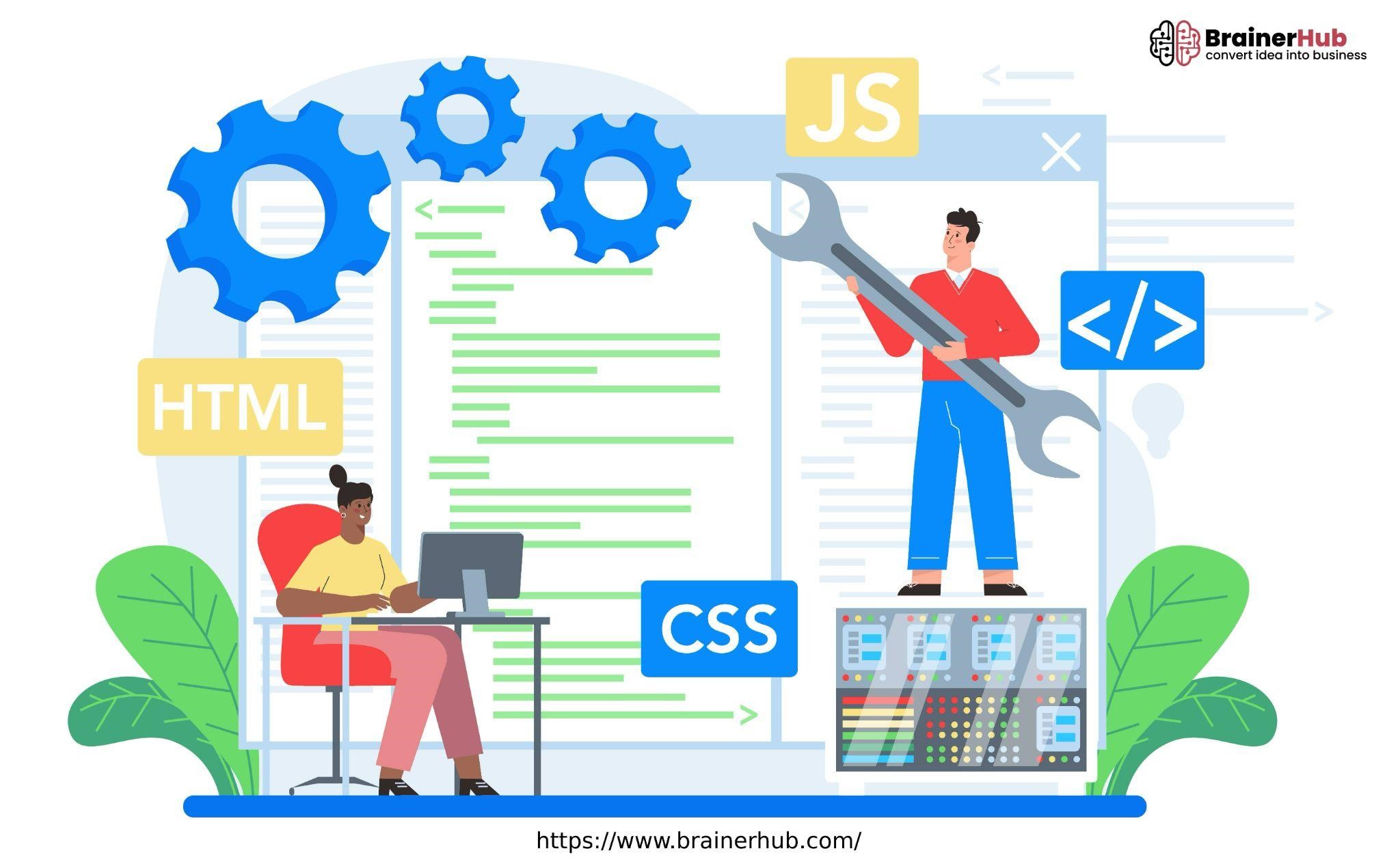In the ever-evolving landscape of Web Application Development, creating dynamic and responsive user interfaces is a paramount goal. This guest post is a comprehensive exploration of React.js Development Services and how they empower developers to craft compelling, interactive, and seamless user experiences.
1. The Essence of React.js: An Introduction
Begin by delving into the fundamentals of React.js, understanding its core concepts, and exploring why it has become a preferred library for building modern web applications. Gain insights into the virtual DOM, components, and the declarative approach that sets React.js apart.
2. Leveraging Component-Based Architecture: The React Advantage
Explore the power of component-based architecture in React.js. Learn how breaking down user interfaces into reusable components streamlines development, enhances maintainability, and accelerates the creation of complex applications.
3. Responsive UIs with React.js: Ensuring Seamless Interactivity
Discover how React.js Development Services enable the creation of highly responsive user interfaces. Explore the concept of state management, event handling, and how React.js ensures seamless interactivity, providing users with a dynamic and engaging experience.
4. React.js and Single Page Applications (SPAs): A Perfect Match
Uncover the synergy between React.js and Single Page Applications. Explore the advantages of SPAs, such as improved performance and smoother user interactions, and understand how React.js simplifies the development of SPAs.
5. React.js for Scalable Web Applications: Meeting Growing Demands
Scalability is a crucial factor in web development. Learn how React.js addresses scalability challenges, allowing developers to build scalable web applications that can handle growing user bases and evolving business requirements.
6. State Management with React.js: Striking the Right Balance
Dive into the nuances of state management in React.js. Explore various state management approaches, including local component state and global state management solutions like Redux, and understand when to use each to achieve optimal results.
7. React.js and Server-Side Rendering (SSR): Enhancing Performance
Examine the benefits of Server-Side Rendering in React.js. Understand how SSR improves initial page load times, facilitates search engine optimization (SEO), and contributes to an enhanced user experience.
8. Integrating React.js with APIs: Harnessing Data Dynamism
Explore how React.js seamlessly integrates with APIs to fetch and update data dynamically. Understand best practices for handling asynchronous operations, managing data flow, and creating efficient data-driven React applications.
9. React.js in Mobile App Development: A Cross-Platform Solution
Discover how React Native, the mobile development counterpart of React.js, extends the library’s capabilities to mobile app development. Explore the advantages of using React.js for creating cross-platform mobile applications, enabling code reuse and efficiency.
10. Future Trends in React.js Development: What Lies Ahead
As technology evolves, so does React.js. Explore emerging trends and advancements in React.js development services, from concurrent mode and suspense to the ever-expanding React ecosystem, providing a glimpse into the future of dynamic user experiences.
Benefits for React.js Development Services
React.js Development Services offer a multitude of benefits, making it a preferred choice for building modern and dynamic web applications. Here are some key advantages:
Efficient Component-Based Architecture
- React.js employs a component-based architecture that promotes reusability and modularity. Components can be easily reused across the application, leading to more efficient development and maintenance.
Declarative Syntax
- The declarative syntax of React allows developers to describe how the UI should look, and React takes care of updating the DOM to match that description. This simplifies the process of building and maintaining complex user interfaces.
Virtual DOM for Enhanced Performance
- React utilizes a virtual DOM, a lightweight copy of the actual DOM. This enables React to update only the parts of the DOM that have changed, leading to improved performance and a smoother user experience.
Improved Developer Productivity
- React’s modular and organized structure enhances developer productivity. It provides a clear and efficient way to manage the application’s state, making it easier to debug, test, and maintain code.
Responsive User Interfaces
- React enables the creation of highly responsive and interactive user interfaces. Its efficient state management ensures that UI components update dynamically in response to user actions without requiring a full page reload.
Unidirectional Data Flow
- React follows a unidirectional data flow, where data changes in one direction—from parent components to child components. This simplifies the tracking of data changes and helps maintain a predictable state throughout the application.
Support for Single Page Applications (SPAs)
- React is well-suited for building SPAs where users can interact with the application without the need for page reloads.
Extensive Ecosystem and Community Support
- React has a vast ecosystem of libraries and tools that complement its functionalities. The strong community support ensures continuous improvements, updates, and a wealth of resources for developers.
SEO-Friendly with Server-Side Rendering (SSR)
- React supports server-side rendering, which enhances search engine optimization (SEO) by allowing search engines to index content more effectively. This is crucial for applications that require high visibility on search engines.
Cross-Platform Development with React Native
- React Native, an extension of React, allows for the development of cross-platform mobile applications using the same React.js principles. This facilitates code reuse, reducing development time and effort.
Scalability for Growing Applications
- React’s modular architecture and efficient rendering make it scalable for applications with growing user bases and evolving requirements. It can handle large-scale applications with ease.
Future-Proof Technology
- React.js is actively maintained by Facebook and the open-source community, ensuring that it stays up-to-date with the latest trends and technologies in web development.
These benefits collectively contribute to React.js being a versatile and powerful framework for building modern, responsive, and scalable web applications.
Conclusion
React.js Development Services have redefined the landscape of web development, empowering developers to build dynamic and responsive user interfaces. As we navigate the intricacies of React.js, it becomes evident that the journey is not just about development but about crafting experiences that captivate and delight users in the digital realm.



